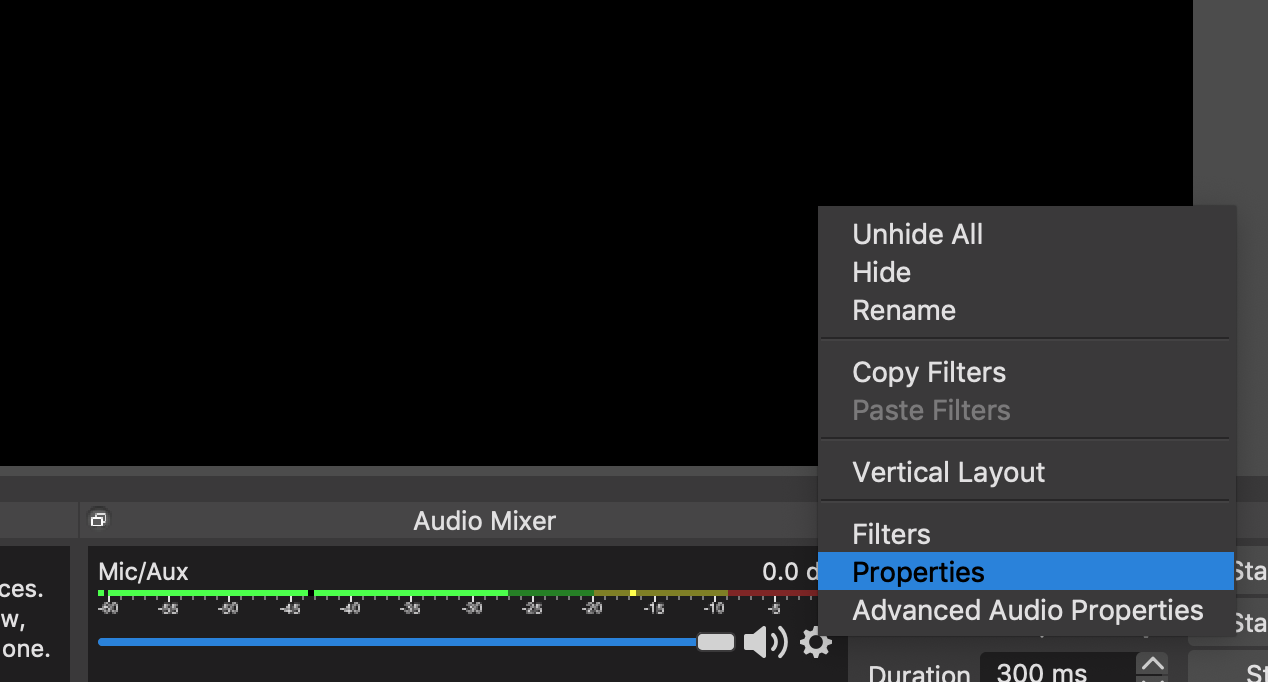

Before we can send the stream to the server on Raspberry Pi, we need to process it by reducing bit depth to 16 bit and including the volume.
#Audio loopback win 1 32 bit#
It provides an uncompressed stream of audio in sampling rate of 48.000 Hz and 32 bit depth. We can use WasapiLoopbackCapture which is found inside NAudio library. On windows we can create software audio loopback, just like connecting audio cable from audio out to microphone in.
#Audio loopback win 1 install#
Here is my initialization script: #!/bin/shĪmixer cset numid=3 1 # install alsa-utils for this ClientĬlient ( source code) is written in C#. Note about Raspberry Pi: you have to enable audio jack if you want to use it. –prebuffer is the time used for the buffer in milliseconds (I use 1 second, but you can go lower) Then you can run it with java -jar PIAudioServer.jar -port 10000 -prebuffer 1000 You need to install java and place the server in any directory. After we fill the buffer on the server, we drain it to audio line. It works fine for listening music, but for movies or games we need to develop low latency solution with UDP and a very small buffer (future work). This causes a delay in audio playback, but it helps smoothing out the delay that happens due to wireless network latency and gives a client a little more time to send data. When client connects, server creates a buffer and fill it with audio stream. It listens on TCP port, waiting for clients. UDP is better and is should be used for low latency application transmission protocol will be TCP, because it simplify some implementations.server should be written in Java, because it will run basically everywhere.NET, because Windows are my primary OS on notebook server must run on low powered devices (Raspberry Pi).capture and transmit all audio on client (even system sounds) without modifying existing applications.mute the local speakers after enabling the transmission.one click to enable or disable transmission.In my case this is done from my notebook via Wi-Fi to Raspberry Pi and to speakers. I got so agitated I developed a small solution for network audio transmission. When I’m on sofa with my notebook, I had to disconnect the audio cable and pull it across the room if I wanted to listen some music on the speakers. I have Raspberry Pi hooked up on TV with 2.1 speakers.


 0 kommentar(er)
0 kommentar(er)
